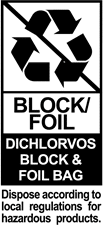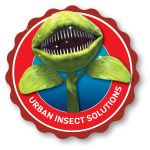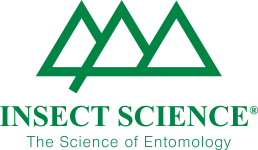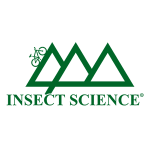Trapping system
The McPhail Trap is used in the capturing of Fruit flies (Bactrocera dorsalis, Ceratitis capitata, Ceratitis rosa & Ceratitis cosyra). The McPhail Trap consists of four (4) main parts (lid, bucket, 4 inserts & white plastic lure lure cage), which fit into each other. The trap has a trap hanger that can attach to the lid for hanging of the trap. The semiochemical lure is placed inside the bucket of the trap. A dichlorvos block is placed in the bottom of the bucket, which kills all insects entering the trap.
M.E.G.O. PheroLure®
The semiochemical-impregnated bulb used to attract the Fruit flies that go into the trap is known as the M.E.G.O PheroLure®. The M.E.G.O. PheroLure® needs to be replaced every six (6) weeks. Any extra M.E.G.O. PheroLures® should be kept in their individual foil pouches in a fridge in order to prolong their shelf life before use.
How, where and when to hang traps
- How: Hang the trap in the top third of the crop. This will allow for maximum airflow, to distribute the semiochemical molecules (which are heavier than air) across the orchard. Hang the trap out of the way of farm implements, the direct reach of spray machines and irrigation systems, as well as away from roads, as the dust will cover the sticky liner and dry out the glue. Secure the trap firmly to the pole/stand/tree so that it does not sway in the wind. Identify each trap by a trap/ block number for later reference.
- Where: A map or layout of the field/orchard will assist in the correct placing of traps. In a field/orchard with uniform topography, size and windbreaks, hang traps at a density of 1 trap per 2 – 5 ha. This is the maximum area that can be monitored by a single trap. A higher trap density may be necessary in unevenly shaped fields/orchards, fields/orchards with an excessive slope or hollows, or where the prevailing wind may otherwise adversely affect trap catches.
- When: Place traps in the orchard at the beginning of the production season.
Field crops: one week before germination or transplanting date.
Inspection and maintenance of traps
- Inspection: The traps should be inspected weekly on the same day of each week (7-day intervals). The number of Fruit flies caught in the trap, together with the trap number and date needs to be recorded.
- Maintenance: The trap bucket needs to be cleaned on a regular basis, even if no flies have been caught. The trap bucket tends to get clogged with dust, by-catch and other foreign matter over time.
Disposal of lures
M.E.G.O. PheroLures® need to be replaced every six (6) weeks. Used M.E.G.O. PheroLures® can be disposed of in the garbage. No special precautions are required as M.E.G.O. PheroLure® is considered of no concern to human and environmental health. The dichlorvos block needs to be disposed of according to local regulations for disposal of hazardous waste.
Packaging
- M.E.G.O. PheroLure® is sold in individual foil pouches at 3 per pack, or in bulk at 100 per pack in a large foil pouch.
- Dichlorvos blocks are sold in foil pouches at 2 per pack.






